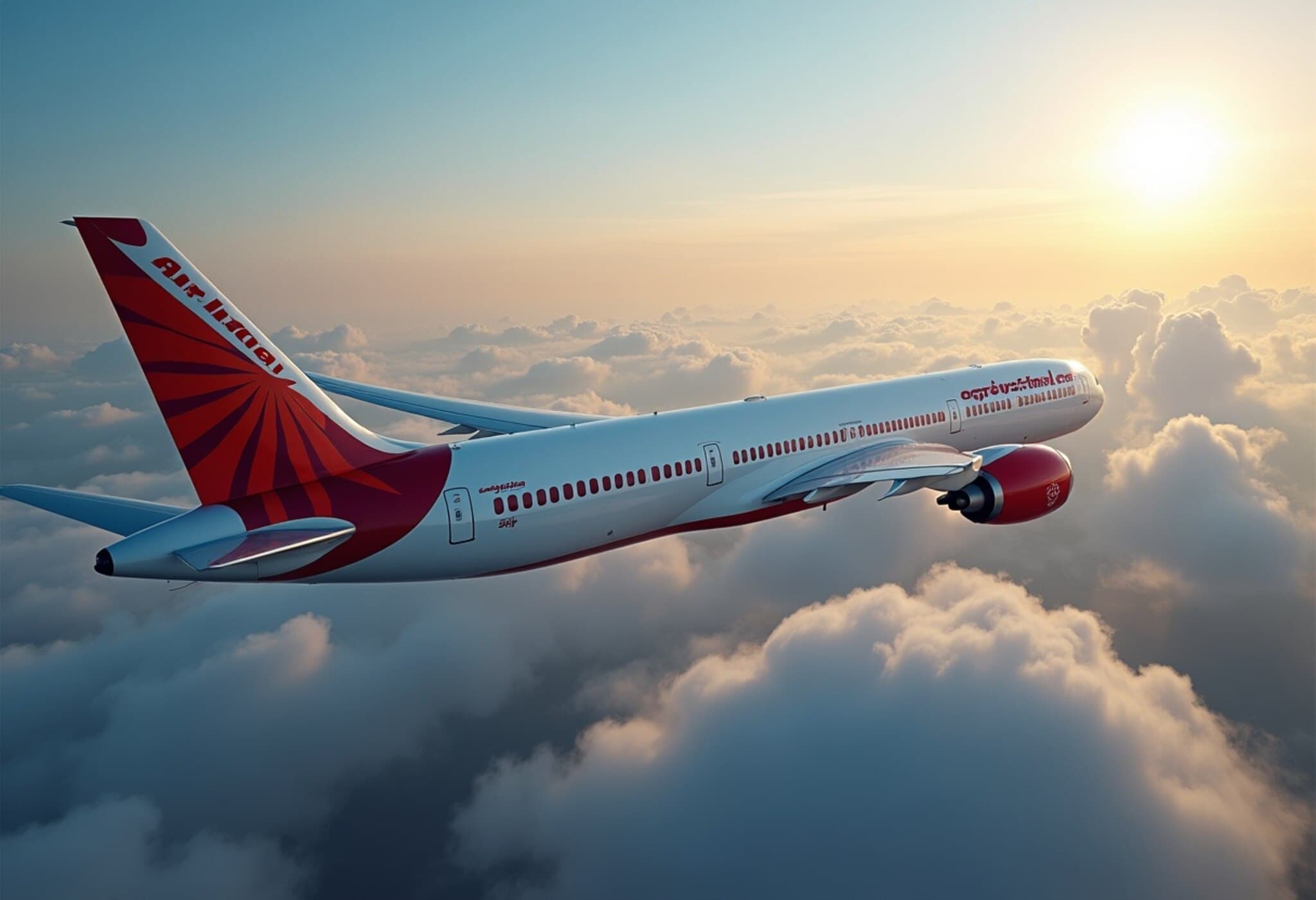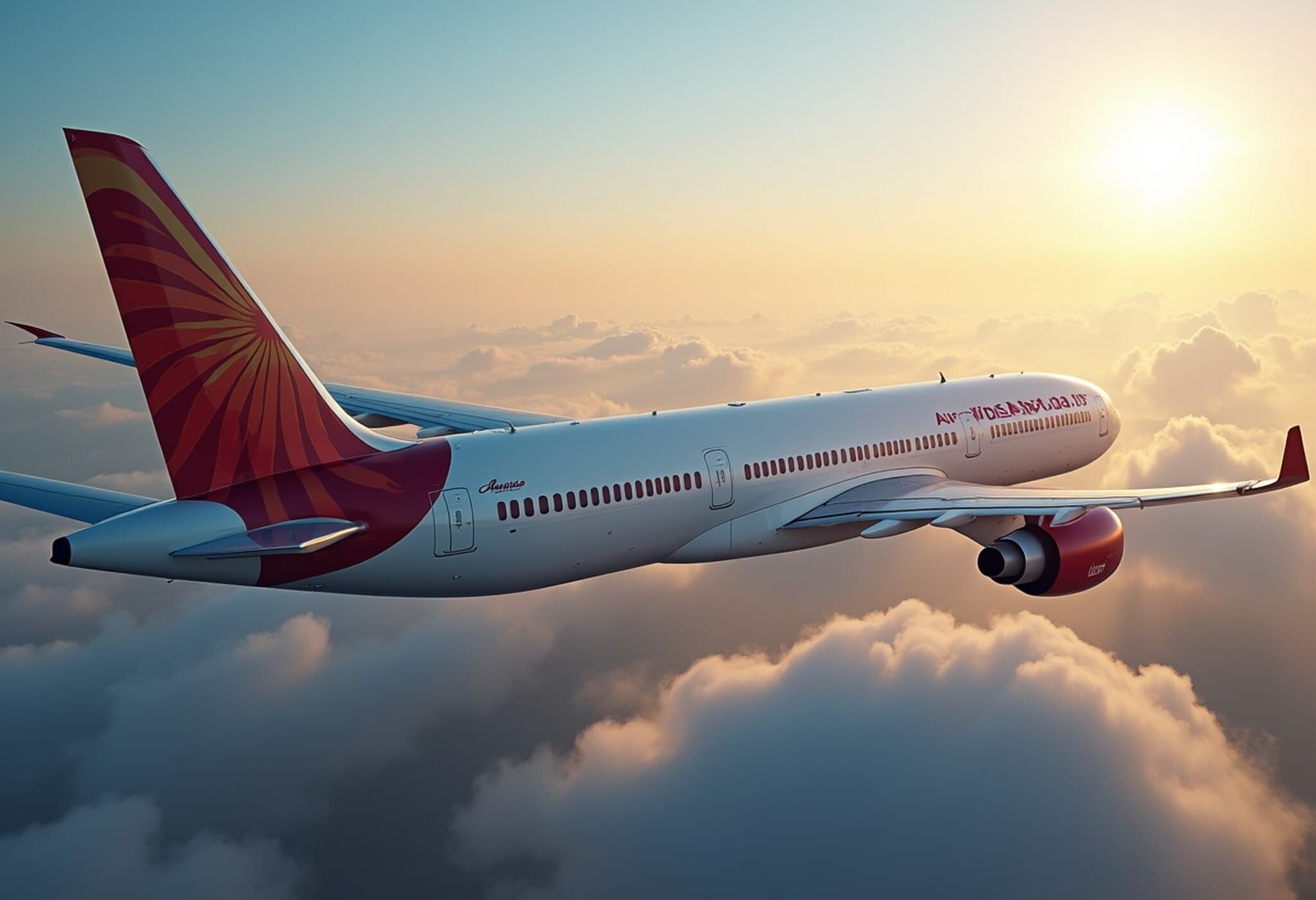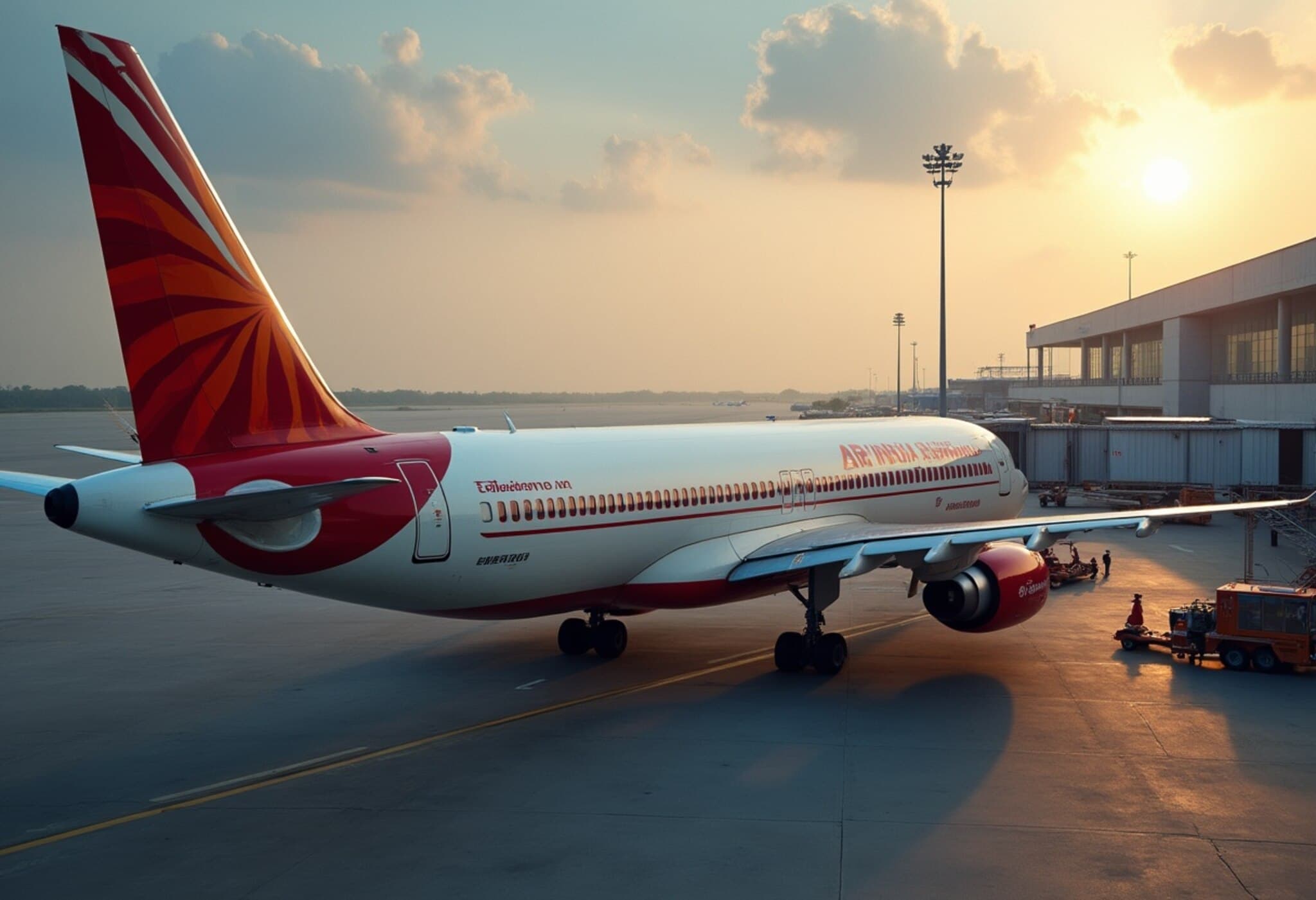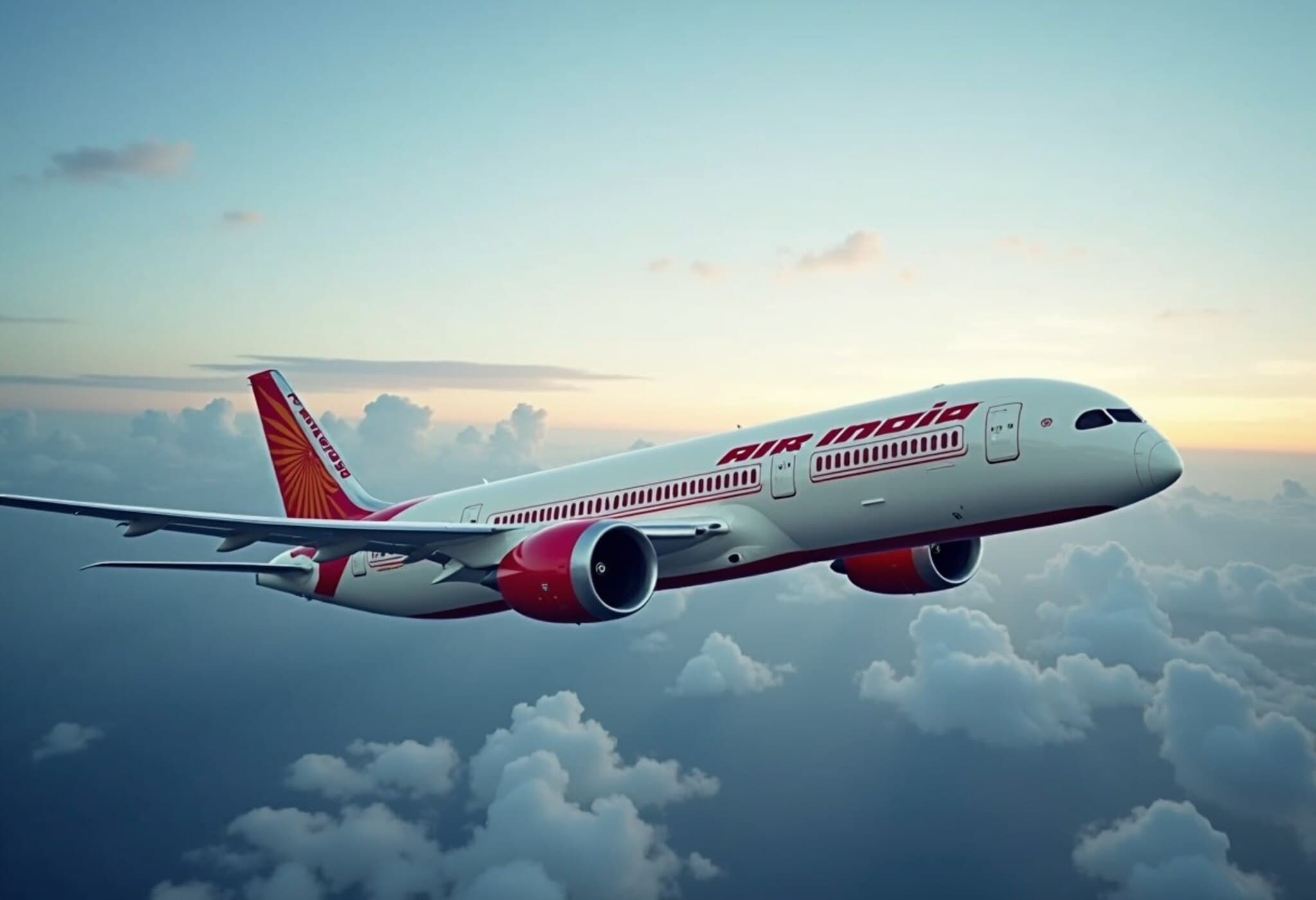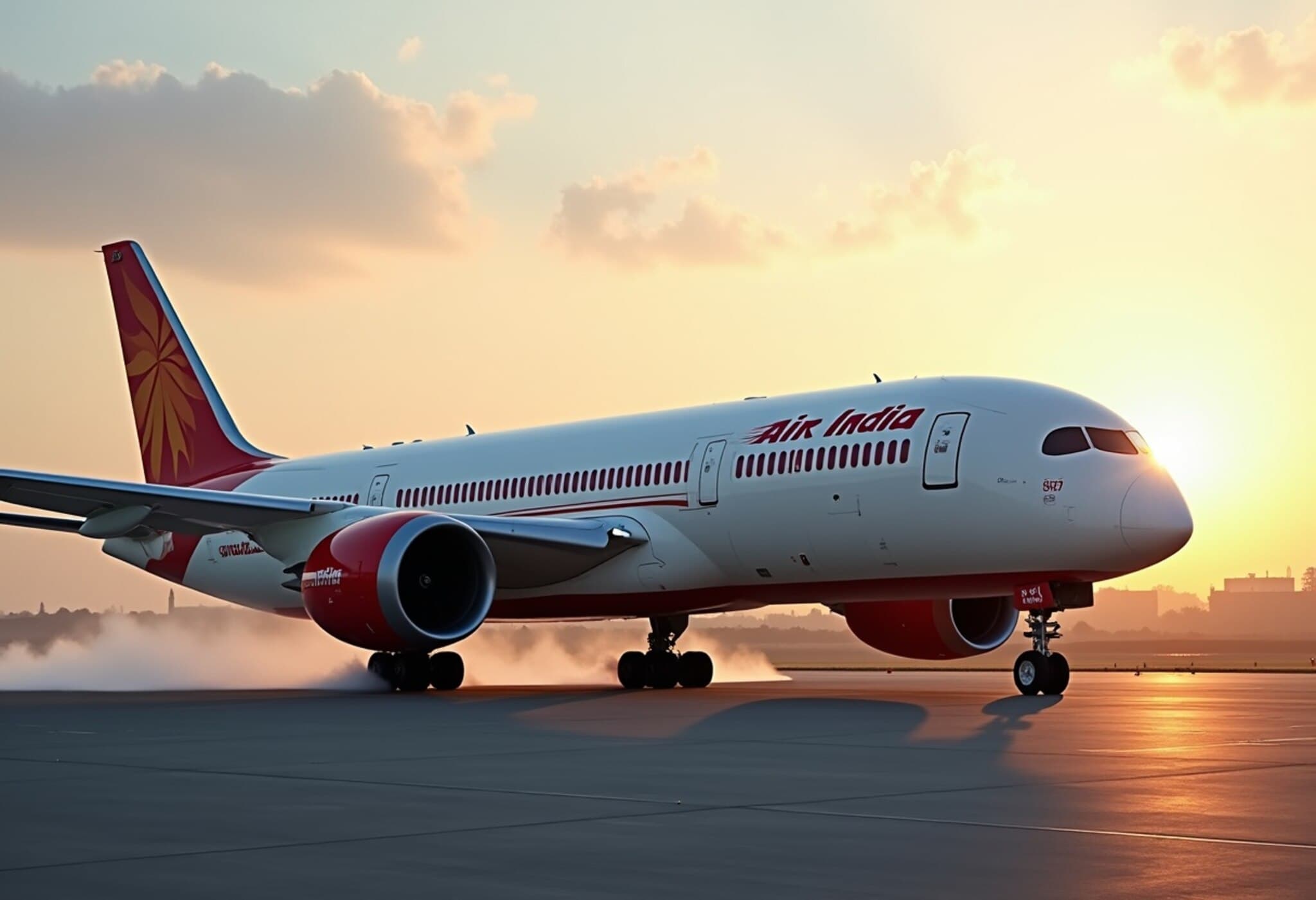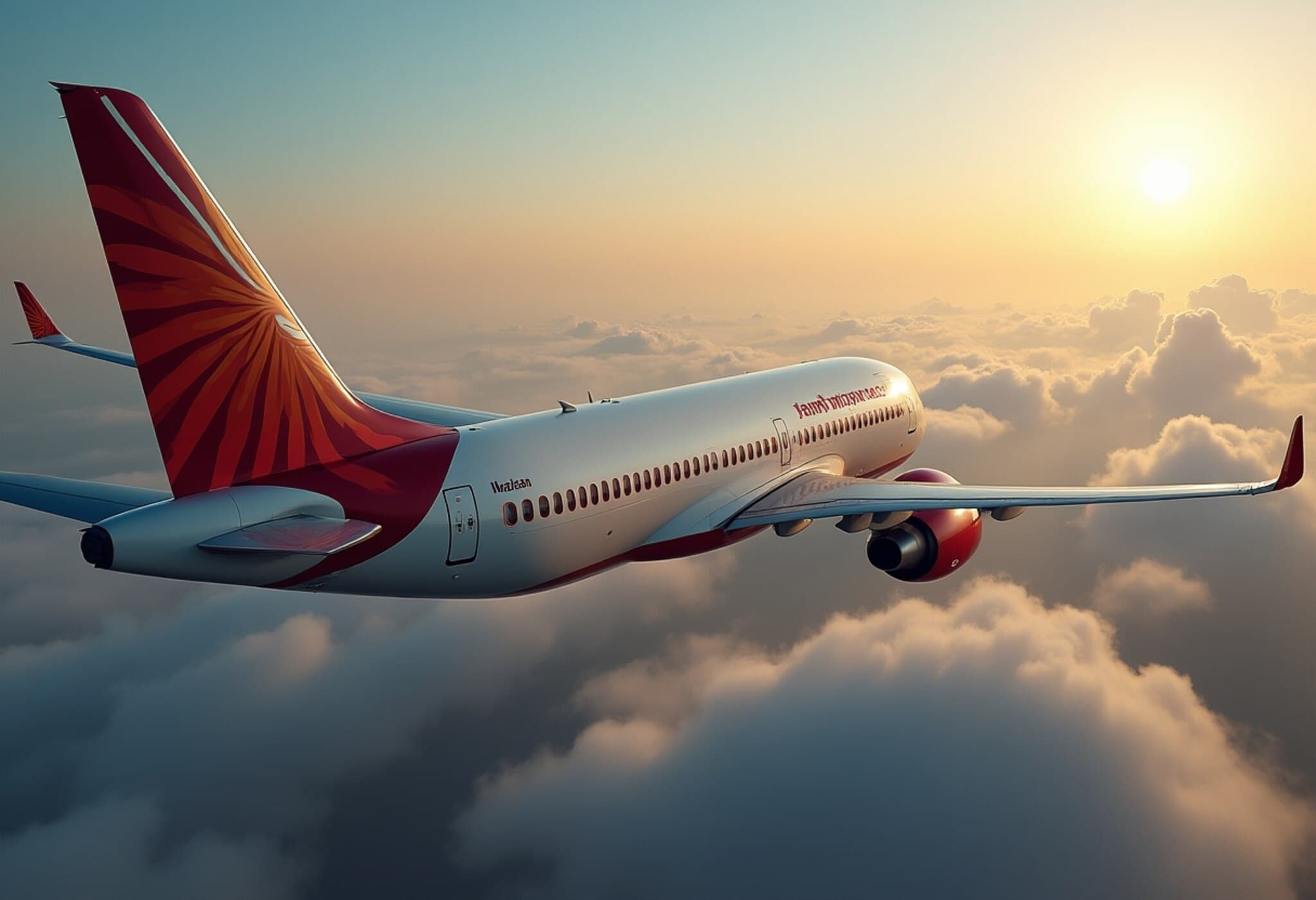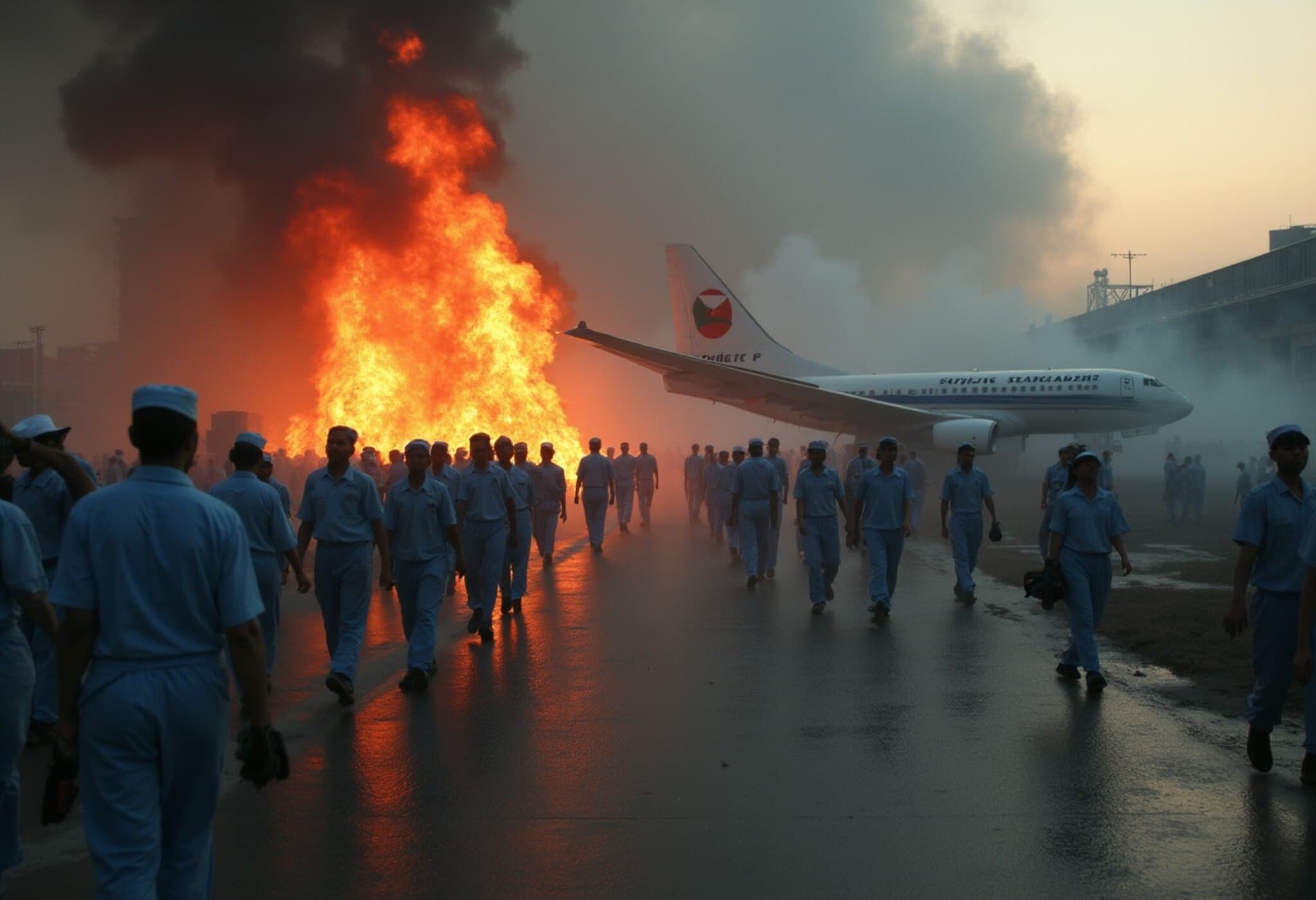Air India Confirms No Issues With Boeing 787 Fuel Switches Amid Ongoing Crash Investigation
In the wake of a tragic June 12 crash involving an Air India Boeing 787 Dreamliner at Ahmedabad, the airline has completed detailed inspections of the aircraft’s critical fuel switch locking mechanism and reported finding no faults or malfunctions. This announcement comes amidst a broader investigation by India’s Aircraft Accident Investigation Bureau (AAIB), focusing on the role of fuel control switches in the accident.
Background: The Role of Fuel Switches and Safety Concerns
The fuel control switches on Boeing 787 and 737 aircraft play a vital role in managing fuel flow to engines. They allow pilots to safely start, stop, or isolate engines either on the ground or during flight emergencies. Recent preliminary statements from the AAIB revealed that just after takeoff, the fuel switches on the crashed Dreamliner were found to have moved from the "run" to "cutoff" position almost simultaneously, leading to a loss of engine power that precipitated the accident.
Cockpit voice recordings have heightened scrutiny further. They captured a moment when first officer Clive Kunder asked the captain, Sumeet Sabharwal, why the fuel switches had been turned off. Sabharwal reportedly denied any intentional action related to the switches during that critical time.
Inspection Drives and Regulatory Reactions
Prompted by the crash, Air India voluntarily initiated comprehensive inspections of fuel switch locking mechanisms on its Boeing 787 and 737 fleets starting July 12. The Directorate General of Civil Aviation (DGCA), India’s aviation regulator, followed suit by mandating all domestic airlines to perform similar checks. This ripple effect extended internationally, with foreign carriers and aviation authorities adopting parallel precautionary measures.
After exhaustive assessments, Air India publicly stated, "In the inspections, no issues were found with the said locking mechanism," reassuring the public and regulatory bodies of the mechanical integrity of its aircraft. The airline reiterated its unwavering commitment to passenger and crew safety during this ongoing probe.
FAA Advisory and Boeing’s Position
The investigation has also revisited a 2018 advisory issued by the U.S. Federal Aviation Administration (FAA), which urged operators of Boeing models—including the 787—to inspect the locking mechanism on fuel cutoff switches to mitigate the risk of unintentional movements. Boeing and FAA have since provided private assessments affirming the safety of these switches.
This case touches on broader themes in aviation safety: pilot error versus mechanical fault, and the challenge of interpreting flight data and cockpit interactions in crash investigations.
Operational Context Within Air India’s Fleet
Air India’s long-haul operations rely predominantly on the Boeing 787 Dreamliner, while its low-cost subsidiary Air India Express operates Boeing 737 jets. Both aircraft types share similar fuel control technologies, making the investigation’s outcomes significant not only for Air India but potentially for global operators of these fleets.
Expert Perspective: Navigating Complex Safety Dynamics
Aviation experts suggest that this investigation underscores the inherent complexities in determining causality in air disasters. As former safety regulators note, "Fuel cutoff switch malfunctions are rare, but their placement and operation in the cockpit must be fail-safe to prevent inadvertent activation." Moreover, the pilot interaction element—captured in cockpit voice recordings—raises critical questions about crew resource management (CRM) and emergency response under stress.
In the American regulatory context, similar incidents have spurred continuous enhancements to cockpit ergonomics and pilot training programs to minimize human error. The upcoming AAIB report is expected to offer further recommendations that could resonate across international aviation safety frameworks.
Looking Ahead: What the Final Report Could Mean
The full AAIB report is anticipated within the year and will provide deeper insights into the incident’s root causes. Beyond technical findings, it could influence policy decisions on aircraft design, pilot protocols, and international regulatory alignment. Meanwhile, the industry watches closely to balance transparency, technological reassurance, and the emotional weight borne by passengers and crews worldwide.
Summary
- Air India found no mechanical faults in the Boeing 787 and 737 fuel cutoff switch locking mechanisms after voluntary inspections.
- The investigation centers on fuel switch movements that led to engine power loss shortly after takeoff on June 12.
- The AAIB report, expected within a year, may impact aviation safety regulations globally.
- Insights from this case highlight the delicate interplay between human factors and mechanical safeguards in modern aviation.
Editor’s Note:
This incident brings to the fore the ongoing challenges in aviation safety where hardware reliability meets human judgment under crisis conditions. While Air India has reassured the public of mechanical soundness in its Boeing fleet’s fuel controls, emerging details about cockpit interactions invite a closer look at pilot training and emergency protocols. The forthcoming AAIB final report will be instrumental in shaping future standards that protect millions of passengers worldwide. As readers and travelers, staying informed about such investigations cultivates not only awareness but also trust in the aviation industry’s commitment to relentless safety improvements.

